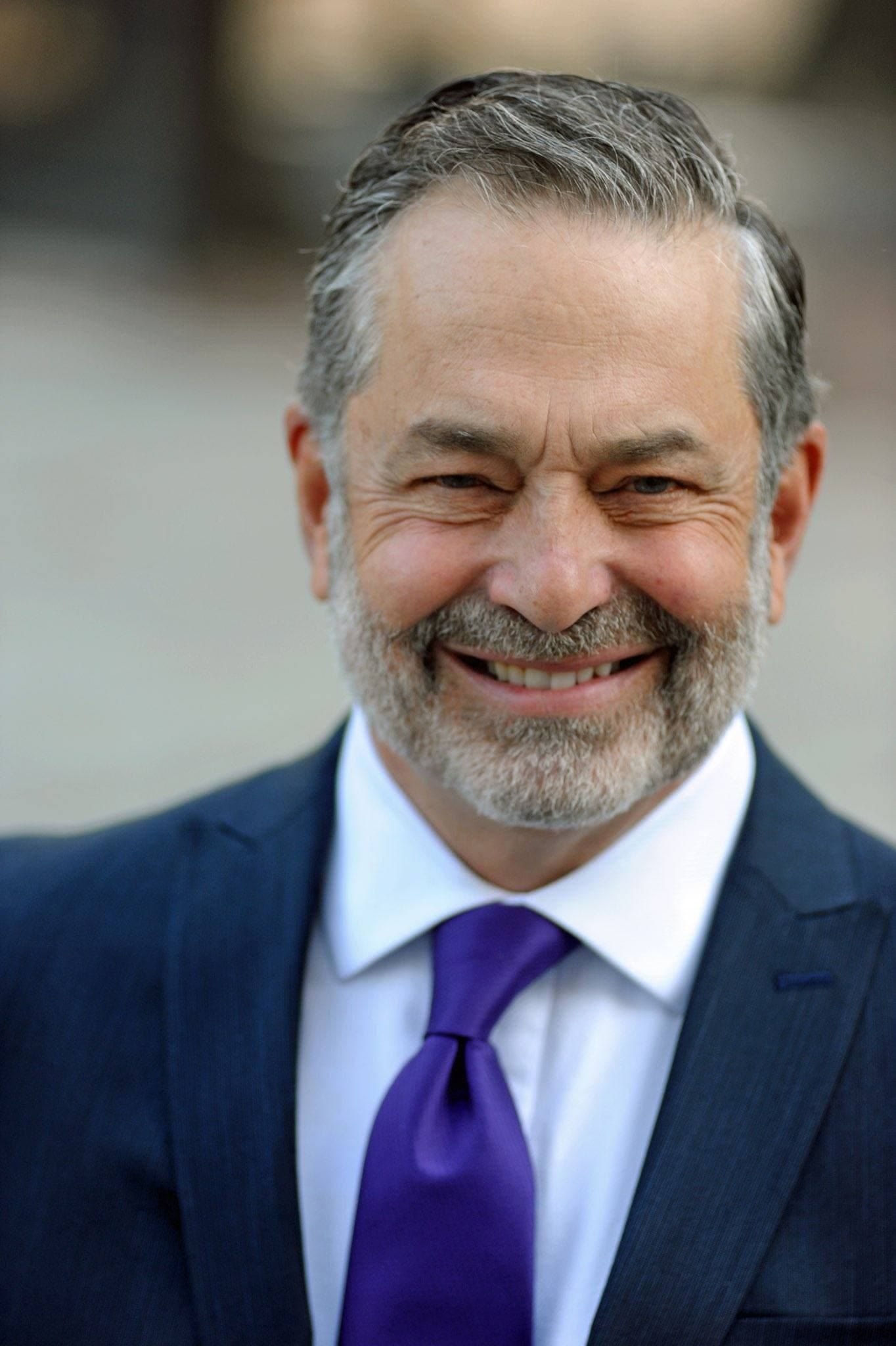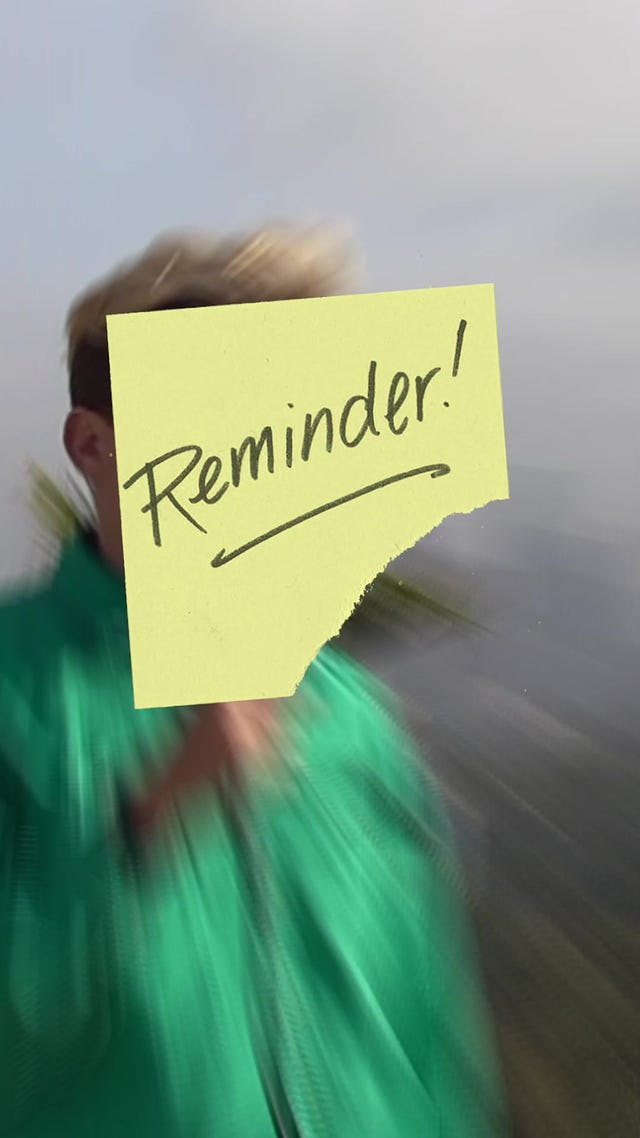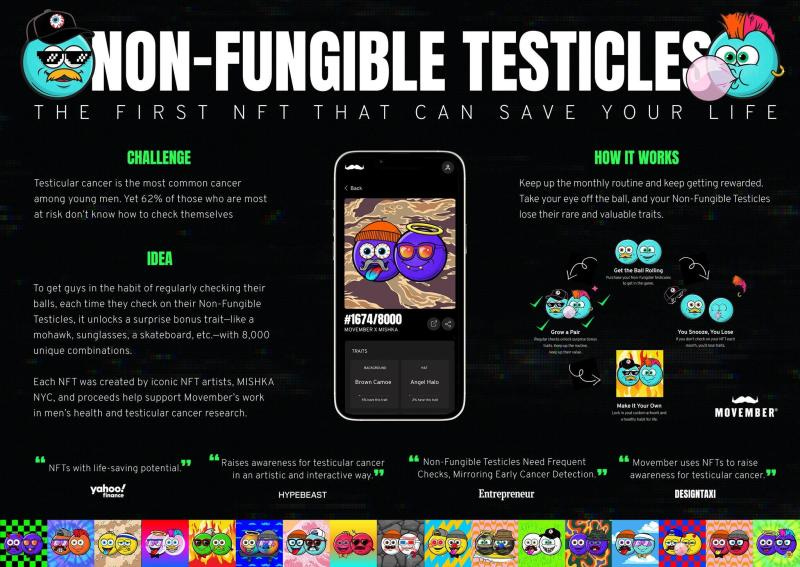Broadcast Anchor Becomes Professor
Plus a Remarkable Piece of Sports Photojournalism and a Cancer-Fighting NFT
My bias, right off the top: I worked with Mike Nikitas at NECN for more than 10 years as his producer/executive producer and sidekick reporting from the webcenter on the morning newscast he co-hosted. Mike was one of the original anchors at the station, which launched as New England Cable News in 1992 — just the second regional all-news channel at the time. He oversaw coverage of local and national stories with professionalism and expertise.
After 25 years at NECN and more than 35 years in broadcast journalism, Mike is now teaching the next generation of communicators. Mike Nikitas is the subject of this week’s Remote Notes Q&A.
Mike Nikitas. Always a sharp-dressed man. (Picture courtesy of same.)
You worked in broadcast news for more than 35 years. What changes did you see that were most striking?
The two most obvious to me are technological advances and editorial approach. I started full time news reporting and anchoring at a small radio station near San Francisco in 1981, a couple of weeks after the assassination attempt on Ronald Reagan. We had a two person staff, two manual typewriters, two field mics with cassette recorders, and one of those clackety 64 words-per-minute AP Teletype machines. We had to be vigilant to make sure it had enough paper and a good ribbon.
The only interesting stories to report came out of the nearby prison in Vacaville, the California Medical Facility. It housed physically and mentally impaired inmates, including notorious ones such as Charles Manson. The first story I ever broke was about Manson’s escape attempt.
The other big change for me was (our) editorial approach. For the first half of my career, we asked ourselves every day, “What do people need to know?” Then things changed in the mid ‘90s when Fox News became a force. Roger Ailes turned around and said, “What do people want to know?” I know this first-hand because I met with him around that time, and he offered me a job, which I declined. Ailes realized that confirmation bias is powerful and it means eyeballs. Now this is the norm. This is not to say all coverage is determined by audience desires. But by the time I left full time news in December 2017, we had an enormous live screen in our newsroom that showed in real time every story on the station website, how many people were clicking on it, where those users were, how long they had stayed, and a whole lot of other information. Editors paid close attention, and the most popular stories on the website steered the on-air TV coverage.
(I asked this follow-up question after Mike emailed me his initial responses.) I remember so many morning meetings where we asked: “What stories interest people?” and because of that “leaderboard” we have the real-time answer. Isn’t it good to know what stories people want?
Of course it's helpful to know what the audience wants. One can never forget the audience. My fast and dirty definition of news is: timely information that is either meaningful, interesting or both. So sure, a journalist has to provide what is interesting to the audience. Because what sells, and always will in a profit environment, is the ultimate definition of journalistic success. So reporting what is just plain interesting to the audience is critical. But my view is we have skewed more to the interesting and the salacious over the past 30 years, at the expense of the meaningful. Ailes took it one step further. He recognized that affirming the existing beliefs and biases of the audience by providing opinion based news was even more powerful and more profitable.
“My fast and dirty definition of news is: timely information that is either meaningful, interesting or both.”
What do you think of the state of local broadcast news now?
I don’t watch too much local news anymore. I don’t find it terribly relevant to my life, except for maybe the weather. Maybe it’s just generational. But obviously people are watching, because local stations continue to exist and even grow, despite the explosion in online news sources. I do tend to trust local TV news more than the national cable channels, because I believe the locals have less incentive to offer opinion.
What stories that you covered were most memorable and why?
There have been many but the two I remember most are 9/11 and the OJ Simpson trial. On 9/11, I was anchoring at NECN and went on-air two minutes after the first plane hit. I stayed on until mid-afternoon and NECN stayed live without commercial break for some 90 hours. The attacks were shocking and chilling. The world was turned upside down and it happened in minutes. I knew when the second plane hit we were under attack and said so on the air. Looking back it seems obvious but at that moment we were in complete shock. The worst moment for me came later. We had information that the two planes hitting the towers had taken off from Logan Airport in Boston. But this was unconfirmed, so I didn’t report it. Then our News Director came out to the set, during a moment when we had gone to you, Steve, in the “Webcenter.” The News Director, Charlie Kravetz, said to me, “We’ve confirmed it. Those planes were both from Logan and they were full of passengers.” I literally felt my blood go cold. And if I remember correctly, at that moment you had somehow dug up a US State Department directive from the previous few days warning of terrorist activity, which mentioned the name Osama Bin Laden. And you reported it. Maybe there are other outlets who reported that, but I have never heard of any.
The other memorable story was that of the O.J. Simpson murder trial. NECN aired gavel-to-gavel coverage of both the six week preliminary hearing in late 1994, and Simpson’s murder trial, which lasted from January to October of 1995. I anchored the entire trial, along with our good friend, the late Roy Hobbs. I’ve never experienced viewers so riveted. Every day, we took viewer phone calls during the trial breaks. Six phone lines lit up as soon as we went live and stayed that way until the trial was over for the day. O.J. had everything – celebrity, sex, murder, race, and characters straight of central casting. We learned about DNA through O.J. New England and the nation were obsessed. I wasn’t around for the Lindbergh or Rosenburg trials, but for me, O.J. truly was the “Trial of the Century.”
You’ve switched careers and are now on a couple of paths. One has you teaching classes at UNH Durham and Brandeis. What does that entail?
I teach at both the UNH Carsey School of Public Policy and at the Brandeis Heller School of Management MBA program for Physicians. Both are grad programs. I teach the same skills I teach my clients at Nikitas Communications - how to engage media, how to better speak and communicate through the news media, whether radio, tv, print, or podcast; crisis management skills, how to create a message and stay on it, and a lot more.
Would you advise a young student to go into broadcast news now?
Yes. But do it because you want to be a journalist, not just because you want to be on TV.
You also do media and communications training for professionals. What do people need to improve in their communications skills?
Speak with words that everyone can understand. People used to criticize us in broadcast news. They’d say, “You write for a 5th grade audience.” My retort would be, “No. We write for the entire audience, most educated and least educated. We want everyone to understand what we’re saying.” Bill Gates said about his late partner, Paul Allen, that his greatest skill was “the ability to explain complex concepts with words that everyone could understand.” I tell my clients, “Impress me with how much you can make me understand, not how much you know.” This is an important key to better media communication.
Anything else you’d like to add?
Something I tell my students: “Do your best work when the stuff hits the fan.”
Thanks to Mike Nikitas for taking time for these thoughtful answers. We are fortunate to have Mike training the new generation of journalists and communications experts.
ADVERTISEMENT
NEWS AND NOTES
LIFE-SAVING OLYMPIC POOL PICTURES GO VIRAL: This remarkable series of pictures, taken by AFP, shows a swimming coach diving, fully clothed, into a pool to save a swimmer that had fainted during her routine:




Alvarez is fine, and is considering continuing competing at the Budapest 2022 World Aquatics Championships. This is outstanding sports photojournalism. AFP had photographers at the bottom of the pool already in place. Some people on social media have commented that the photogs should have saved the swimmer. But the coach (who knew the routine) was all over this, and got to Alvarez sooner than they could have reached her. They did their jobs, and I suspect one of these pictures will be in the running for a Pulitzer.
L.A. TIMES STARTS ITS OWN “MEME TEAM”: There’s a new department at the Los Angeles Times, and they are far more interested in making TikTok videos than bothering with what the newspaper is printing. Cheekily called “the 404” (that’s the error code for “Page not found”) this group of six is social first. According to Nieman Reports, you won’t even find their work on the LA Times’ website:
Instead, the 404 has been tasked with “continually inventing new types of experimental content” in hopes of reaching younger, more diverse audiences who are not already reading or engaging with The L.A. Times.
This seems like a great idea. A successful social account can draw new eyeballs and new revenue. And even if it’s not a direct money maker, it’s still good for the Hollywood brand to look hip and even a little funny:
 Tiktok failed to load.
Tiktok failed to load.Enable 3rd party cookies or use another browser
Traditionalists will roll their eyes, but they’ve been doing that for 25 years anyway… (Thanks to Kim Safran for the tip!)
AT LAST, AN NFT I CAN SUPPORT: In 2015, I had testicular cancer. I am in remission, and have raised money for testicular and prostate cancer since then through the Movember Foundation. (That’s the fundraiser where men grow a mustache in November to get donations.) Movember has won a Cannes-Lions Silver Health & Wellness Lion award for its “Non-Fungible Testicles” project.
The NFTs are real. (Or as real as NFTs get, anyway…) The proceeds go to cancer research. According to Movember:
Each NFT will evolve depending on how much you ‘check in’ on it. Owners will be rewarded for becoming familiar with their Non-Fungible Testicles, in the same way they should check their real testicles. Regular self-checks enable men to get to know what’s normal for them, so they can act quickly if something changes.
The project is aimed at creating awareness of testicular cancer risk among the NFT and crypto community of young males. (NOTE: We do not endorse any NFT purchases or crypto currency trading as investments. This is a fundraiser.)
I’ll put in a plug for my fundraiser. Should you feel the urge, kindly donate here.
LINKS AND LIKES
We need a news utility: Why a portion of all internet ad sales should go to journalists’ salaries (Poynter)
This is a thought-provoking piece that argues journalists deserve more of a cut from digital ad sales. In itself, an interesting idea. But one quote caught me off guard, and reinforces my thoughts about newspaper opinion pieces:
In one particularly clever experiment, The Desert Sun in Palm Springs, California, cut all national opinion pieces in July 2019. Online readership of opinion content nearly doubled. Yet polarization decreased: Editorials mentioning Trump dropped from a third of all content to zero, political parties were mentioned half as often, and discussion of local issues like traffic congestion and architectural preservation increased.
Opinion pieces will, often, make half your audience angry. A newspaper’s political endorsement doesn’t nearly mean what it used to. It often labels the newspaper as “liberal” or “conservative,” diminishing reporters’ neutral work. And editorial boards cost money that could be better spent covering local stories that to paraphrase Mike Nikitas’ interview above: “timely information that is meaningful and interesting.”
NEWS. REPORTED. PEOPLE READING AS WE GO TO PRINT: A LinkedIn group brought up a pet peeve of many news writers (and viewers) - the loss of verbs in news writing. You’ll see this in the national newscasts. It’s as bogus as every newscast leading with “Breaking news as we come on air…” Seeing “Breaking News” on TV used to make your heart stop. Now it’s utterly meaningless. The best advice for writing news remains: Write it the way you’d explain it to a friend.
PODCAST
ONE FROM THE VAULTS: Although not currently publishing, it’s appropriate we go to the vaults for “One From the Vaults,” a five-year run of podcasts featuring trans history. You’ll hear from artists, filmmakers, writers and historians. I want to recommend this to people who are struggling with trans acceptance - it’s good to hear from those who are actually going through the process and living trans life. (Apple.)
ADVERTISING
We welcome our first advertiser this week, iPublishmedia! Thank you so much for taking the leap and becoming our founding sponsor. We’re running a promotion through July: Sponsor Remote Notes for $25 for four weeks. That’s a savings of $75. You’ll be seen by lots of folks in the media business. For more information, hit the “Email Me” button below.
JOBS
If you want to post any jobs in the media business, send them along. As long as they’re related to production, podcasting, journalism, writing and the like, we will run them for free.
Here are some primo remote/hybrid jobs out there:
Part-Time Video Creator & Editor (100% Remote) The Mom Project.
Morning Social Producer/Coordinator (Part-Time Contract) Ziff-Davis.
Podcast Editor (Contract) (100% Remote) Omaha Productions. Work for Peyton Manning!
Hit the “Email Me” button below to send in your job opening.
PREMIUM SUBSCRIPTION
Want to be a pioneer? Want to get in on the ground floor of something big? Become a paid subscriber to Remote Notes for just $5 a month or $30 a year. You’ll get bonuses like: early newsletter delivery; bonus newsletters; texting with me; a free consult for your business and much more to come. Please support independent media.








